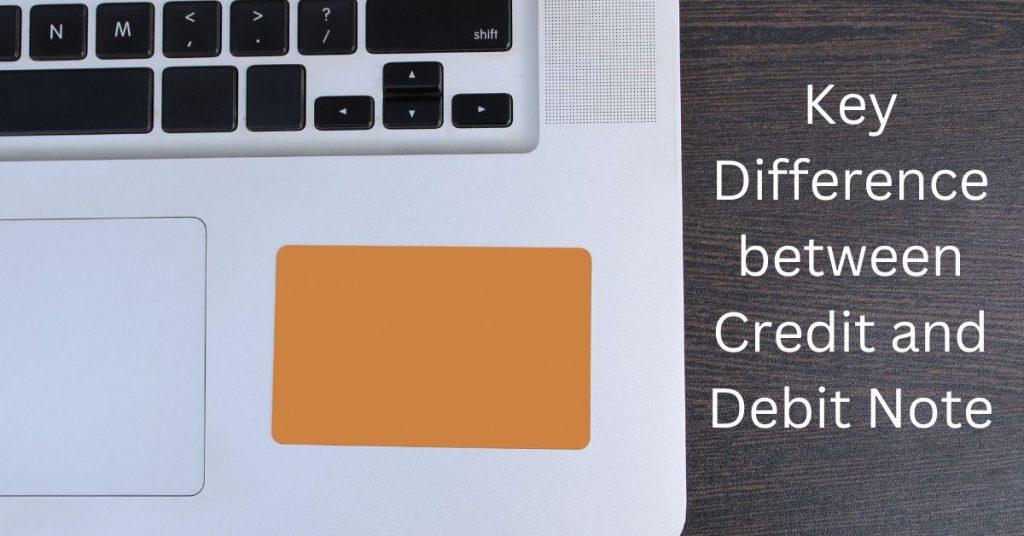11 Jan

Generally, a debit note is issued by the purchaser of goods and services in case of returning goods/services to the seller. In a transaction, the buyer will issue a debit note, and the reverse party will issue a credit note. This blog post will discuss debit and credit notes, comparisons, and examples.
What are debit notes and credit notes?
Debit Notes
A debit note is known as a debit demo. It is a document issued from a buyer to a seller pointing a request to return funds due to defective or damaged goods, services, or purchase cancelation.
Issuing debit note is an official manner of purchase return. The purpose behind debit note is to inform seller about their intention to return goods. The buyer must also mention the reason behind returning goods so that the seller may analyze the cause.
Credit Notes
The credit note is also known as a credit demo. It is usually issued in response to a debit note from a customer. The credit note is a type of sales return issued to the buyer or customers of the goods, informing the purchase returns are accepted. Once the credit note is issued, the seller is supposed to debit the sales account and credit the buyer’s account. The customer or purchaser can use this document in the future.
The top comparison between debit and credit
Retention period of Credit and Debit Note
The credit and debit note records must be retained until the expiry date of seventy-two months and from the due date of furnishing the annual return for the year regarding such records and accounts.
Where such documents and accounts are maintained manually, they should be kept at every business or related place mentioned in the registration certificate. While companies maintain such records using invoicing software, the related data will remain until someone deletes it.
Example of Debit Note
Company C is the purchaser, and Company D is the seller or supplier. The sequence of events below will lead to issuing a debit note.
- Company C purchases goods worth Rs. 1000 from Company D.
- Company C received the goods and the final invoice, but they found some damaged goods.
- Company C communicates to Company D about the damaged goods and its intention to return them.
- Company C raises a debit note against company D, containing information about the original purchase and the value of the damaged goods.
- Upon receipt of the debit note, Company D issues an appropriate credit note after some due diligence.
Example of a Credit Note
Company C is the purchaser, and Company D is the supplier. Company C places Rs.10,000 worth of orders from Company D. After verifying the delivered goods, Company C informs company D about the low quality of goods detected while ascertaining them. After analyzing the debit note, company D accepted the debit note and issued a credit note as a sign of a refund for low-quality goods being delivered.
In real cases, the original invoice can be canceled in opposition to the credit note issued, and an updated invoice can be raised.
This credit note also may be used by Company C for further purchases from Company D in the future.
Key Difference Between Debit Note and Credit Note

- A memo sent by buyer to seller informing their intention to return purchased goods is known as Debit Note.
- A commercial document the seller sends to inform the buyer that a credit has been made to the buyer’s account in the seller’s books is known as Credit Note.
- Debit Note represents a positive amount, while credit note represents a negative amount.
- Debit Note reduces payables. While On the other hand, Credit Note reduces receivables.
Bottom line
This article gave a clear difference between debit and credit notes by explaining the core concepts and reasons for issuing debit and credit note. I hope the readers will get a detailed insight into the debit and credit note concepts.
Marjina Muskaan has over 5+ years of experience writing about finance, accounting, and enterprise topics. She was previously a senior writer at Invyce.com, where she created engaging and informative content that made complex financial concepts easy to understand.
Related Post
Copyright © 2024 – Powered by uConnect



Marjina Muskaan